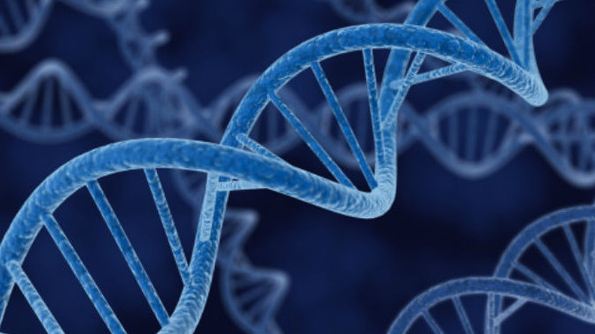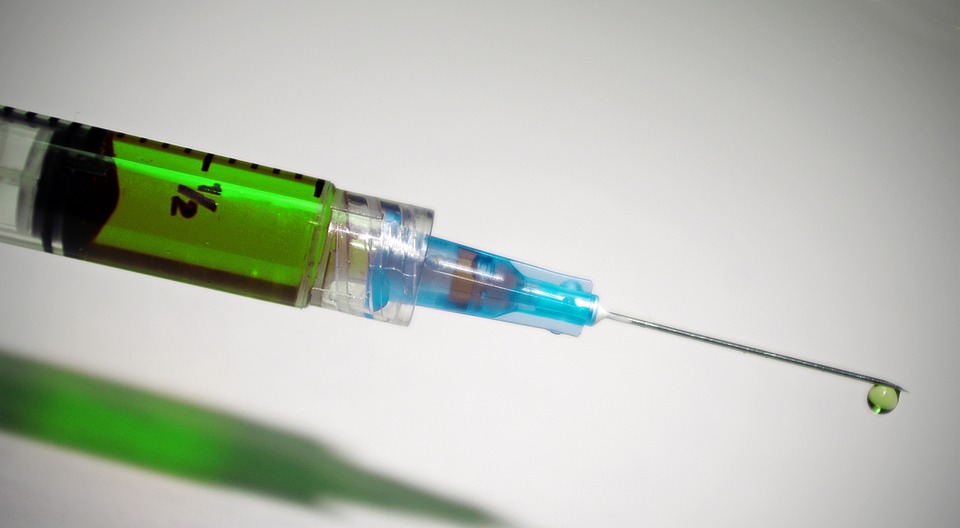Superhuman abilities: Scientists find link to worm DNA that could allow humans to regrow limbs
11/30/2016 / By Lance D Johanson

A team of researchers from the University of Washington believe that humans could be genetically engineered to re-grow their limbs. This application could be useful to repair broken limbs, gunshot wounds or regenerate entire damaged organs.
After meticulously studying acorn worms, the researchers recognized that the organism can re-grow every body part, including internal organs, the nervous system and even the head. The secret of the acorn worm’s regenerative ability lies in its genetic code, which allows it to re-grow any part from nothing.
“I believe humans have these same genes, and if we can figure out how to turn on these genes, we can regenerate,” says University of Washington biology professor, Billie Swalla. “I really think we as humans have the potential to regenerate, but something isn’t allowing that to happen.” (RELATED: Find more news about medical advances at Medicine.news)
Cracking the code to give humans immortal regenerative abilities
The researchers are hopeful that they can crack the code, because the acorn worm has a similar genetic makeup to humans. The acorn worm lives in the sand around coral reefs, and is the one invertebrate that nearly resembles humans at the DNA level. The researchers believe that if they can crack the self healing genetic code of the acorn worm, then they can use it to “reprogram” tissue from a human amputee. A tissue graft could be prepared and fused into the amputee’s severed limb. The precise genetic code could allow for the limb to regenerate back to normal size.
But it’s all theory at this point. Humans can regenerate cells and parts of organs, but when it comes down to re-growing entire limbs and body parts, there is not enough energy to make it happen. The immune system doesn’t allow for it, because after an injury scar tissue forms to stop bleeding. The body heals itself, but it does not regenerate entire functioning parts.

Realistically, there is not enough energy to regenerate a large human body part. Smaller organisms are more suited to regeneration due to the energy efficiency of their systems. Also, a human body is designed to adapt to the loss. For example, if a finger is lost, the brain relearns how to effectively use the hand using the nine fingers left. Autistic children, whose brains have been damaged, find new ways to communicate with their friends and family. Their nervous systems don’t regenerate, but adapt instead.
Lead author Shawn Luttrell, a biology doctoral student at the University of Washington, says that humans share thousands of genes with the acorn worm. He says that humans share almost every gene that the acorn worm uses to regenerate entire body structures. “This could have implications for central nervous system regeneration in humans if we can figure out the mechanism the worms use to regenerate,” he says.
The researchers were astounded to see that a severed acorn worm, cut right down the middle, can grow into two new worms, with two new heads and tails. After just three days, the worms started growing a mouth. After 10 days, a severed heart and kidneys began to regenerate into new organs of their own. In just 15 days, a completely new neural tube regenerated, which would be equivalent to a human regenerating their spinal cord and brain.
The team noted that the tissues re-grow to the same length and proportion as the previous tissues. It’s as if each cell receives information telling it precisely how it should grow. The researchers suspect that there’s a “master control” gene that initiates this healing response. If they can isolate this intelligence and replicate it in human tissue, then humans could have similar regenerative powers. If the research is successful, human bodies could become immortal to some degree.
Sources include:
Submit a correction >>
Tagged Under:
genetics, regeneration, self-healing
This article may contain statements that reflect the opinion of the author





















